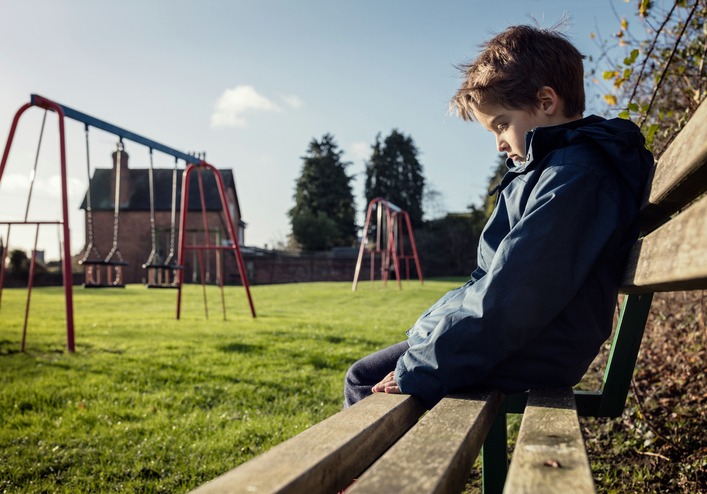
It seemed like simple gesture. A college football player who was visiting a middle school spotted a red-haired sixth grader eating lunch alone, so he joined him.
Then the boy’s mother posted a photo on Facebook capturing the moment: her autistic son sitting across a cafeteria table from Travis Rudolph, the Florida State University wide receiver. “This one day,” she wrote, “I didn’t have to worry if my sweet boy ate lunch alone.” The heartwarming image spread on social media, and news stories reported that after that, the boy’s popularity soared. “I just want to thank everyone for believing in me,” the boy said in one interview.
Touching as the story was, it also highlights just how isolated many neurodiverse children can be. Hearing it made me reflect on how to best educate neurotypical children to encourage inclusion.
The answer: We can’t simply teach acceptance. We need to model it—just as Travis Rudolph did.
Don’t most adults working with neurodiverse children already do this? Not necessarily. Most treatment paradigms focus on “normalizing” behaviors. When we deem children’s ways of moving, communicating, and interacting too different, many approaches encourage altering or extinguishing those behaviors instead of honoring and celebrating them.
When we do this, neurotypical children are watching.
Every day in public schools, students witness school staff reminding neurodiverse children to stop flapping, humming, or talking excessively about their passions. Too often, we label these behaviors meaningless, noncompliant, or unnecessary. Adults who do so have the best of intentions, but they may be inadvertently modeling a lack of acceptance.
Anne Donnelan, a researcher and coauthor of the book Autism: Sensory-Movement Differences and Diversity, says that when we focus on “normalizing” behaviors, we must also consider the impact on a child’s developing sense of self and relationships.
When we focus on changing behaviors without considering how we are affecting the child’s developing self -confidence, we may be doing more harm than good to the child’s emotional development. In fact, we may be inadvertently contributing to the child’s sense of isolation and vulnerability to bullying.
It’s important to remember that peers are always watching. They see aides and teachers ignore “non-preferred” behaviors as if they are deviant. As one autistic teen told me, “I flap when I need to.” When we target such behaviors for change, we send a confusing message to classmates.
How can we improve things and prevent bullying? Some thoughts on where to start:
* Treatment teams should carefully consider the costs and benefits of extinguishing and ignoring certain behaviors. Is a behavior a stress response? If so, the first priority should be attending to the child’s emotions through supportive relationships. We should never intentionally ignore a stress response, or punish a child for having it. Doing so only serves to increase the child’s feelings of isolation.
* Expand the acceptance of movement, thought, and other differences. For example, teachers and others on a child’s support team should explain behaviors such as flapping, twirling objects, or talking about a narrow range of preferred interests as natural human differences. “Some people just need to move their bodies in different ways,” is a perfectly fine explanation. Educators can facilitate compassionate dialogue, allowing children to ask questions. Present differences not as reason for fear or anxiety, but as intrinsic—and positive—aspects of the neurodiverse child.
* Recast “atypical” behaviors as part of the human experience, rather than something in need of change. Instead of referring to “restricted” interests, call them “preferred” interests—and celebrate them rather than looking down upon them, showing excitement about how much a child knows about a subject. Recently, a child I know whose preferred interest is geography helped his teacher with a class about the five continents. It was a hit with his fellow students!
We need to reconsider our culture’s socially constructed ideas about the differences inherent to autism and other forms of neurodiversity. If adults model an inclusive attitude, with a new view about differences, children will learn and bullying will decrease. And it won’t be a big deal when a football player sits down for lunch with a kid who’s a little bit different.
Source: Dr. Mona Delahooke




